Woodlice are amazing little recyclers that play a vital role in our environment and eco systems. They break down dead and decaying organic matter releasing the nutrients back into the soil as food for plants. They also provide an important source of food for wildlife like birds, toads, shrews, ground beetles and spiders.

There are an amazing 3500 species of woodlice world wide, over 35 of which you can find in the UK. You might be surprised to find that woodlice are part of the crustacean family and are therefore more closely related to shrimps and crabs than they are insects. Like all crustaceans woodlice have blue blood that contains a copper based molecule called hemocyanin. They also breath through gills which need to be covered in a thin layer of water to work. This is why woodlice are mostly nocturnal and prefer to shelter in moist and damp places out of direct sunlight.

Woodlice have two antennae on their head to help them navigate, 14 legs and an armoured exoskeleton that’s made up of segmented plates. The plates are strong enough to protect the woodlice from predators but also flexible enough to allow them to curl up defensively when threatened. Again like crabs they have to shed and moult their exoskeleton every two months in order to grow.

Female woodlice also have a ‘brood pouch’ on the underside of their bodies which they lay eggs into and carry until the off spring hatch inside. Woodlice are very maternal and stay close to their young for the first few months until they are mature enough to survive. The average life span of a woodlice is 2-3 years.

Woodlice will often cluster together in groups called ‘colonies’ in places that provide the right conditions for them to feed and thrive. They like moist, dark shady places like under bark, rocks, pots, bricks and logs. Rotting wood in particular provides a source of shelter and food at the same time. As well as decaying wood, woodlice will feed on decomposing plants, dead animals, fungi and even faeces. They are one of the few animals that eat their own faeces. They have to do this to recycle the copper in their diet.
You can find lots of fun and easy activity ideas below to help you explore and learn more about these amazing creatures.

1. Go on a minibeast hunt
Woodlice are one of the easiest minibeasts to find and observe. You can normally find them hiding in damp spots, under leaves, bricks, bark, plant pots, logs or rotting wood. Please note it is best to observe woodlice without disturbing or handling them but you could take a camera or notepad out with you to record your finds.

You can also look for woodlice at night as they are nocturnal and more active at night. We recently found out that A. Woodlice climb trees. B. Bright light startles them. C. Startled woodlice instinctively curl into a ball… this is not a good move when you are halfway up a tree! Cue the gentle popping pattering sound of lots of little woodlice falling off a tree… ooops I hope they were okay!
2. Take part in citizen science
Citizen science is when members of the public work together to gather (or analyse) data that helps with scientific understanding or research. It’s a great way to help with conservation by expanding knowledge and understanding of the wildlife in your local areas. You might be surprised to find even the most urban spaces are teeming with wildlife when you take the time to look closely. You could easily record any of your woodlice findings on national databases like Nature’s Calendar or iRecord. Or see if your own local wildlife, environmental science or natural history groups have projects you can take part in.
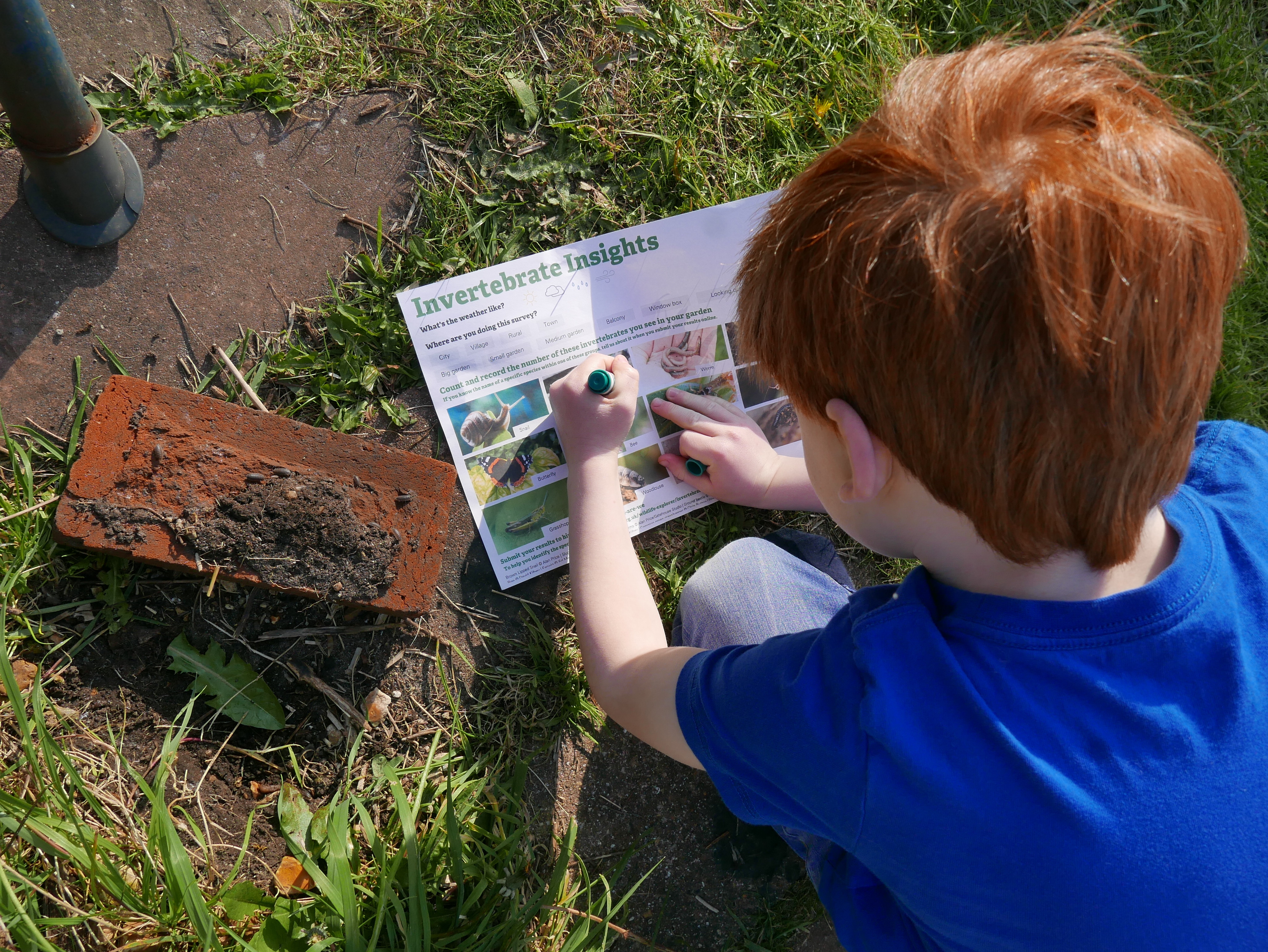
3. Make a woodlice observation box
One way to observe woodlice behaviour is to invite them to live with you for a short period of time, (Please only do this if you are prepared to take care and look after them properly, they need fresh food daily and to be cleaned out every 2-3 days). When you pick up your house guests please handle them very carefully or encourage them onto a leaf rather than handling them directly.

For this you will need:
- A clear container with a secure lid and air holes in the top (you can also buy insect containers). Woodlice dehydrate easily so it is important to keep the container cool and out of sunlight.
- To line the base with dampened moss, soil or rotting leaves, also don’t forget to spray or the container lightly everyday to help keep the moisture levels up.
- Your woodlice will appreciate having somewhere dark to hide, a small flower pot and some leaves or bark are perfect for this.
- Fresh food daily and water.

Here are some of the foods (uncooked) you can feed your woodlice: Apple, grapes, strawberry, tomato, courgette, cucumber, lettuce, peas, potato, sweet potato, turnip, watercress, dandelion leaves, We found ours particularly liked cucumber. When you have finished observing the woodlice make sure to return them carefully to the area you found them in.
4. Make a curling woodlouse model
You can easily demonstrate how the overlapping protective plates on a woodlouse help them to curl up defensively using a simple paper plate model. If you don’t have a paper plate you can still use card cut into a circle for this. You will also need paint and a split pin.

First cut the paper plate (or cardboard circle) into 8 segments, you need one segment to be rounded on one edge and wider than the rest to form the head. Next paint each segments in bands of grey and give the head segment a painted eye. Finally overlay the thin wedged edge of each segment over each other and carefully push the split pin through the middle to connect them all. You should now be able to curl and uncurl your woodlice model into a defensive ball shape.

5. Woodlouse nature art frames
Nature art frames are really simple to make, fun to play with and create some wonderful images. You just need an old piece of cardboard a pen and some scissors. We hate to waste anything and recycling and reusing materials is one of many small things we can all do to help the environment. So instead of chucking used cardboard boxes we like to find ways to use them in crafts and activities.

All you need to make a nature frame is to draw a simple shape or picture like a woodlouse onto cardboard. Your shape or picture should have at least 1- 2 easy to cut out sections that you can then look through. When you have cut out the see through sections of your frames, you can take them outside to hold them up against any of the interesting natural objects, textures, patterns and shapes you can see, like the sky, trees, flowers and grass for example.

The picture you see or create with the frames changes as you move the paper around. It s fun to see all the beautiful patterns, shapes and colours of nature bring your pictures to life. You could even take photos of the nature frames as you go to capture the artwork and pictures they create.
6. Painted pebbles
We love finding painted pebbles and stones when we are out and about, it’s wonderful to see the creativity and love that people put into them. You can easily find pebbles to decorate yourself by looking in your garden, on a nature walk or along the shore. All you need then is some paint or permanent markers to paint or draw colourful designs onto the pebbles or turn them into animals like woodlice, bees and beetles or food like strawberries.

Once you have finished painting your pebbles you could use them in pretend play, as games counters or hide them in your garden and have a treasure hunt. You could even join a local rock finding group where you show pictures of the rocks you have made and invite people to find them in a local park or a safe, easy to access place. Who knows how far your rocks may travel and the adventures they might have may have along the way. *Safety note please be aware of the choking hazard of pebbles with smaller children.
7. Woodlouse potato prints
Potato printing is a simple activity for children of ages, all you need is a potato cut in half, a bit of inspiration and some paint to get started. How about using the potato prints to make patterns, pictures, cards and even recyclable wrapping paper. It is also fun to experiment printing on different types of surfaces and textures from paper to fabric, foil and wood. And as long as you use non toxic paint you can even print on outdoor surfaces like paths, trees and leaves.

You can easily make woodlice prints by cutting a potato in half and then cutting bands or scoring lines across the surface. You can then dip the potato half in grey paint and have fun printing it onto different surfaces.
Potato’s are a great environmentally friendly material to use as stamps for printing. You can compost them after use or even grow them into potato plants. Simply wash any paint off the potato halves and leave them to dry for a few days. Then plant them in damp soil or compost. If you are lucky like we were your potato’s may start to grow into little potato plants.

8. Cardboard tube woodlice
We hate to waste anything and recycling and reusing materials is one of many small things we can all do to help the environment. So instead of chucking used cardboard tubes we like to find ways to use them in crafts and activities. To make cardboard tube woodlice you just need an old cardboard tube and paint. Cut the cardboard tubes into three lengths. Then paint them grey with darker grey stripes and stick, draw or paint on some eyes. When the woodlice are dry you can use them as decorations, story props, napkin rings or even fill them with sweets or presents to give as gifts.

9. Nature collages
Making nature collages is a fun activity for children of all ages and abilities. It encourages creativity and helps develop fine motor skills. All you need is some paper or recycled cardboard, Firstly you need to draw or paint simple woodlice pictures onto the paper or cardboard. Next collect as many natural objects as you can find around you for your collage. You could use leaves, stones, grass, bark, fallen fruit and flowers. *But pretty please don’t pick any wild flowers, only collect ones you have grown yourself or fallen ones you find on the floor.

Arrange the materials on top of your picture in any way you like. You could make a frame or a pattern on top of the picture or you could create a mini jungle or garden for the woodlice to live in. Its fun to explore the textures, shapes and colours of the materials you are using. It’s a good way to introduce children to new words and concepts and a perfect opportunity to talk about why natural things are different colours. For example flowers are brightly coloured to attract pollinators like bees and butterflies, grass and leaves are green because of the chlorophyll in the cells which is busy turning sunlight into food.
10. Make a home for wildlife
As wildlife habitats are in decline it’s more important than ever to make space for wildlife in our gardens or around our homes. You can find a whole range of simple and easy ideas for making a home for wildlife in your garden here. Even if you don’t have a garden you can make use of a window box or doorstep plant pots to plant wildflowers or hang insect, bird or bat boxes from a wall, fence or window.

Creating shelters for minibeasts like woodlice is a great way to increase the diversity of wildlife in your garden. Many insects benefit from having shelter and a healthy population of insects will also provide a ready source of food for other wildlife such as hedgehogs, frogs, toads, slow worms, bats and birds. They can be made using just recycled and found natural materials and you don’t have the room or a garden for a big insect shelter you could always make a mini one to place in a window box or hang from a wall or fence.
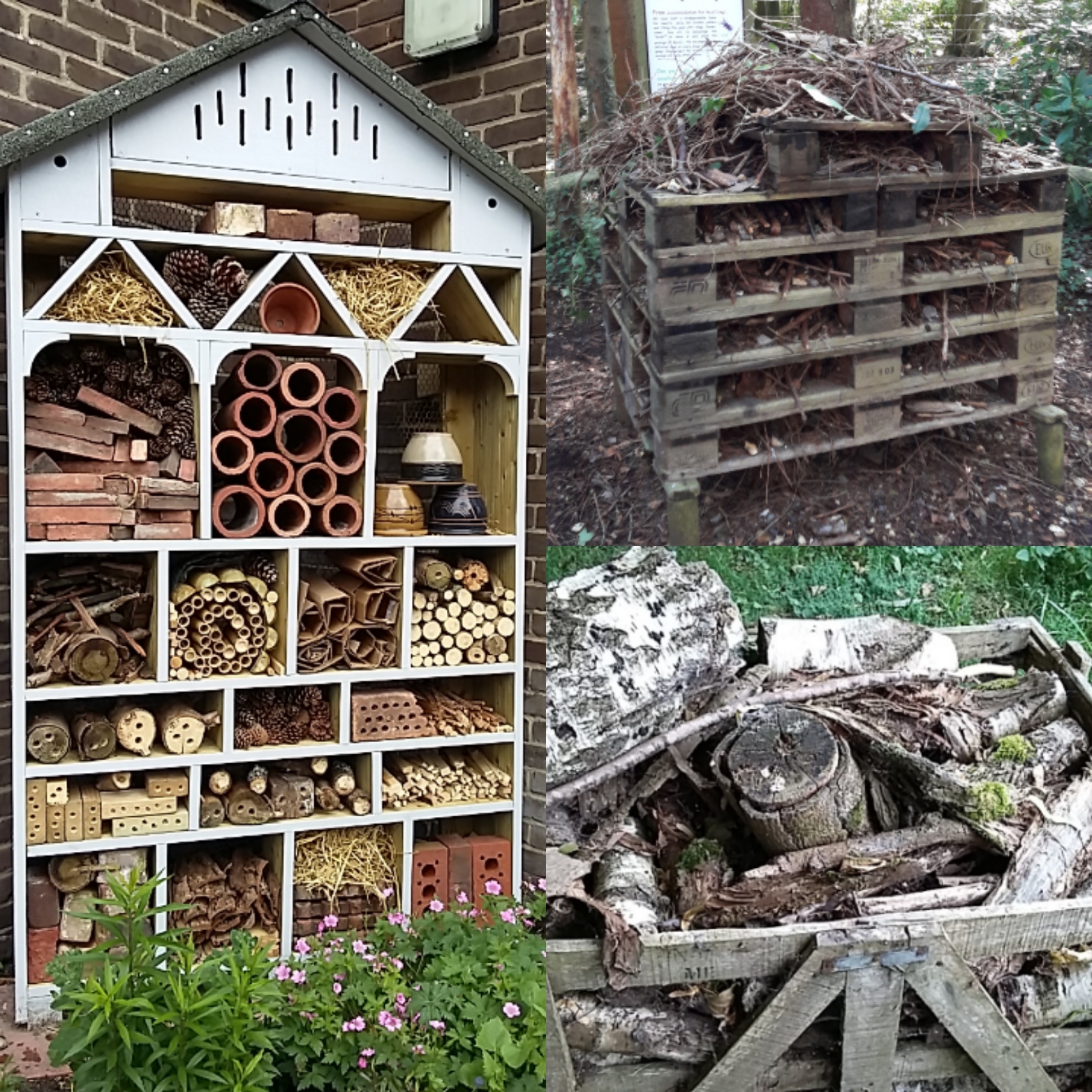
An insect shelter can be as simple as a pile of logs or a plant pot full of sticks or as grand as a multi layered bug hotel. Collecting the materials to make an insect shelter is an enjoyable activity in itself. How about looking around in the garden or on a nature walk to find materials you need to use.
Hollow bamboo canes, small clusters of tubing, bricks with holes in and wood with natural or drilled holes are all brilliant materials that create nesting sites for solitary bees. Unlike Honey bees solitary bees do not live in hives. As the name suggests they mostly live alone making solitary little nests in the ground or holes in walls and trees.
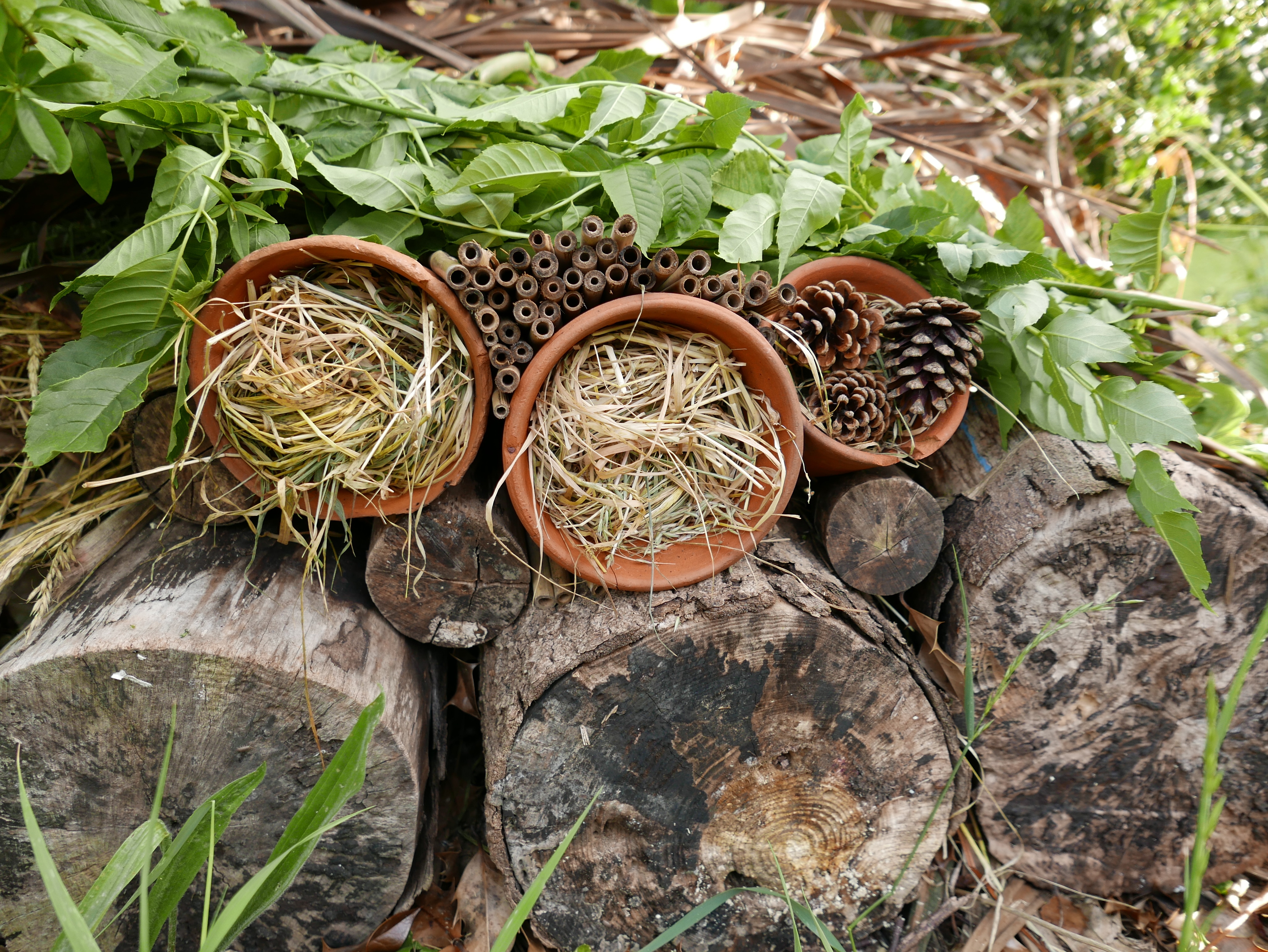
Old wood like logs, branches, planks, wood, pallets, crates and sticks create the perfect conditions as they rot down for insects that like damp, dark places, like ground beetles, woodlice, centipedes and earwigs. Just make sure any wood you use is paint free and doesn’t have any loose or sharp nails or staples sticking out. Layered rocks, stones, pebbles, bricks, paving slabs and plant pots close to the ground all help create cool shady nooks and hiding places for creatures like frogs, toads, slow worms, lizards, snakes and spiders.

You can pack plant pots and the larger spaces in your insect house with other smaller natural materials like pine cones, cut grass, leaves, old dried ivy stem clusters, straw, hay, moss, twigs, old bunches of flowers and a sprinkling of loose earth to encourage the smaller insects. Remember to leave lots of spaces and gaps at the bottom for larger wildlife to hide in and under.
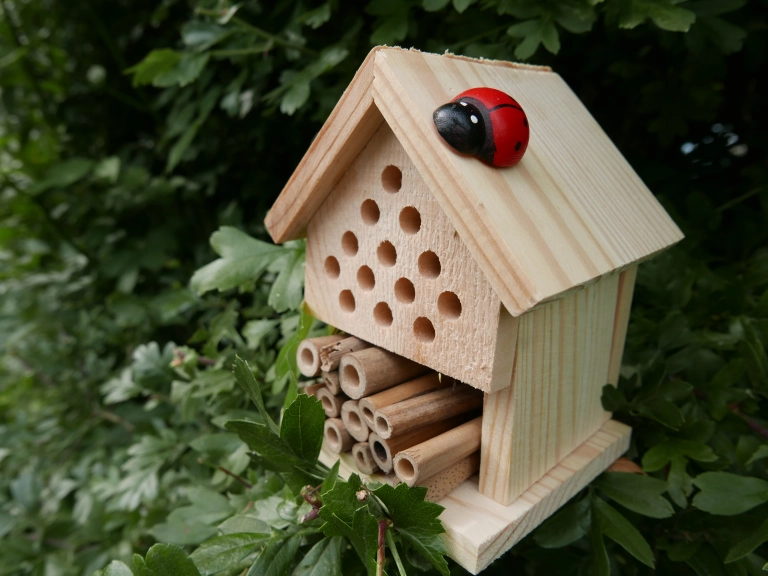
To make a smaller insect house that you can place on a window box, wall, fence or hang from a tree you will need an old tin, mug or a flower pot. You can have fun decorating the outside with paint and pens on the outside and then fill them with natural materials like sticks, pine cones, cut grass, leaves, moss and hollow bamboo canes. There are also many commercial varieties you can buy as well if you prefer which you can also have fun painting and decorating.
- For Day 13 of 30 Days wild 2022 we went on a minibeast hunt in the garden, observed woodlice and created an insect shelter.
This page features in Twinkl’s Learning in Nature with Childsplayabc.

If you like this you might like to try:
12 ideas for finding insects and minibeasts
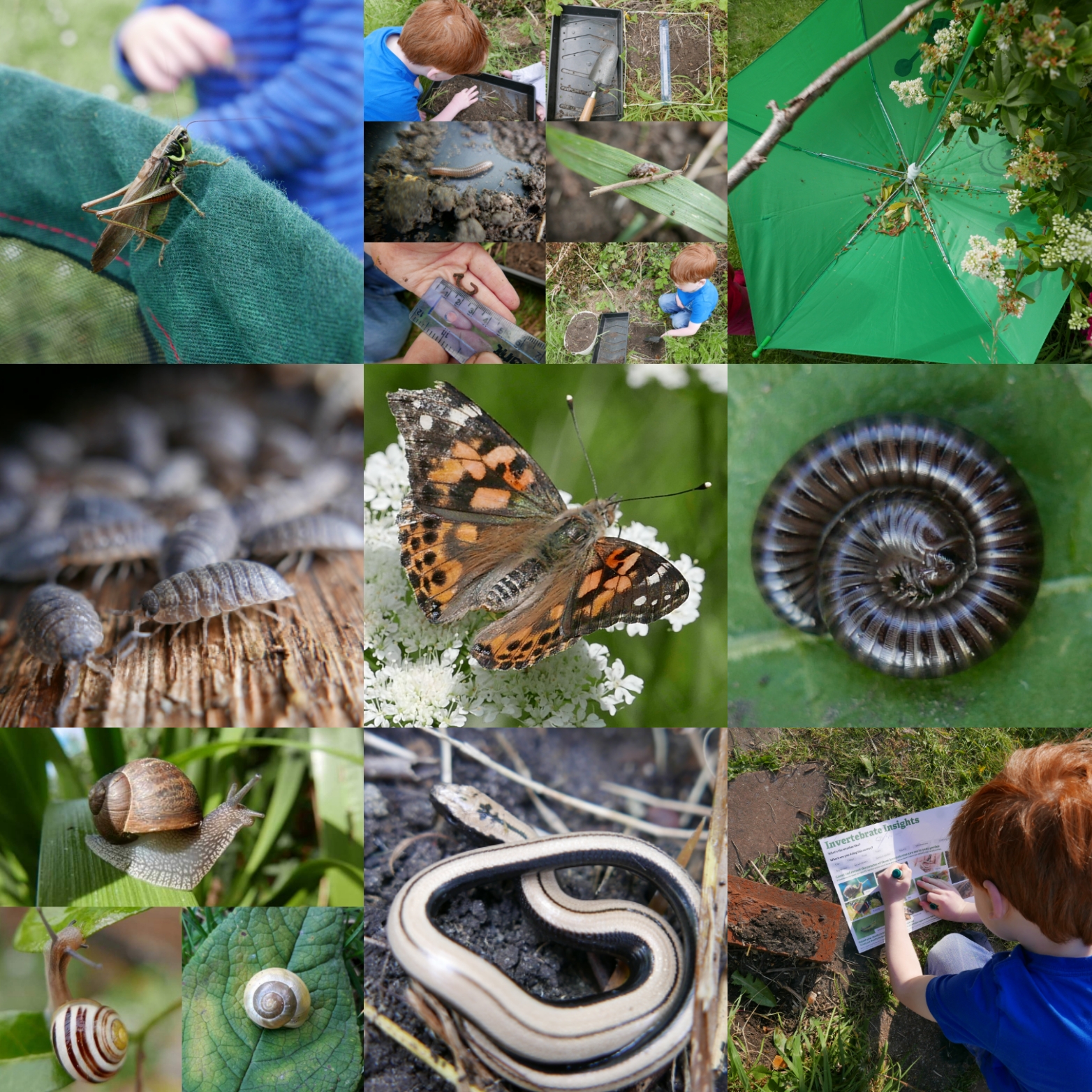
22 Butterfly and caterpillar activities + fun facts
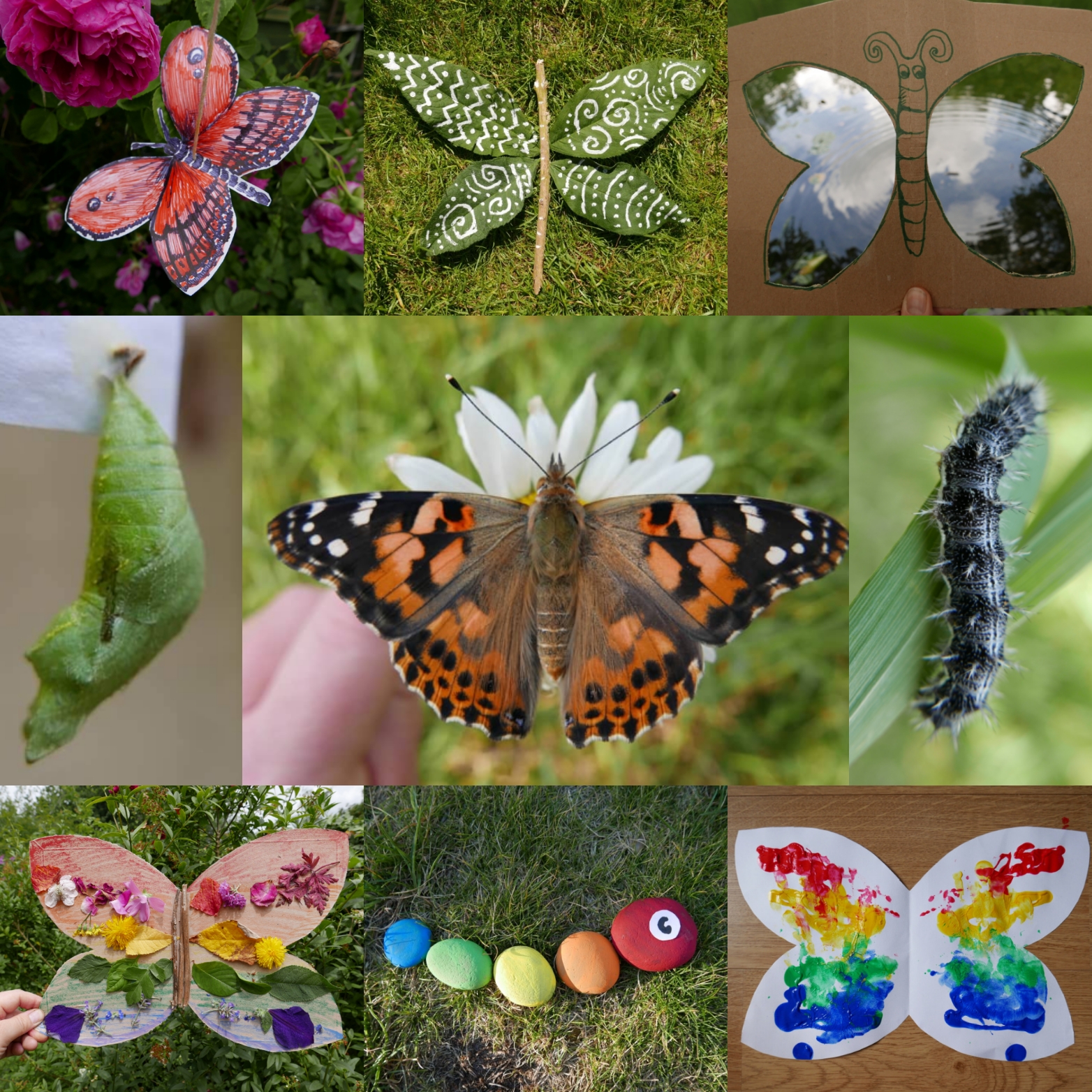
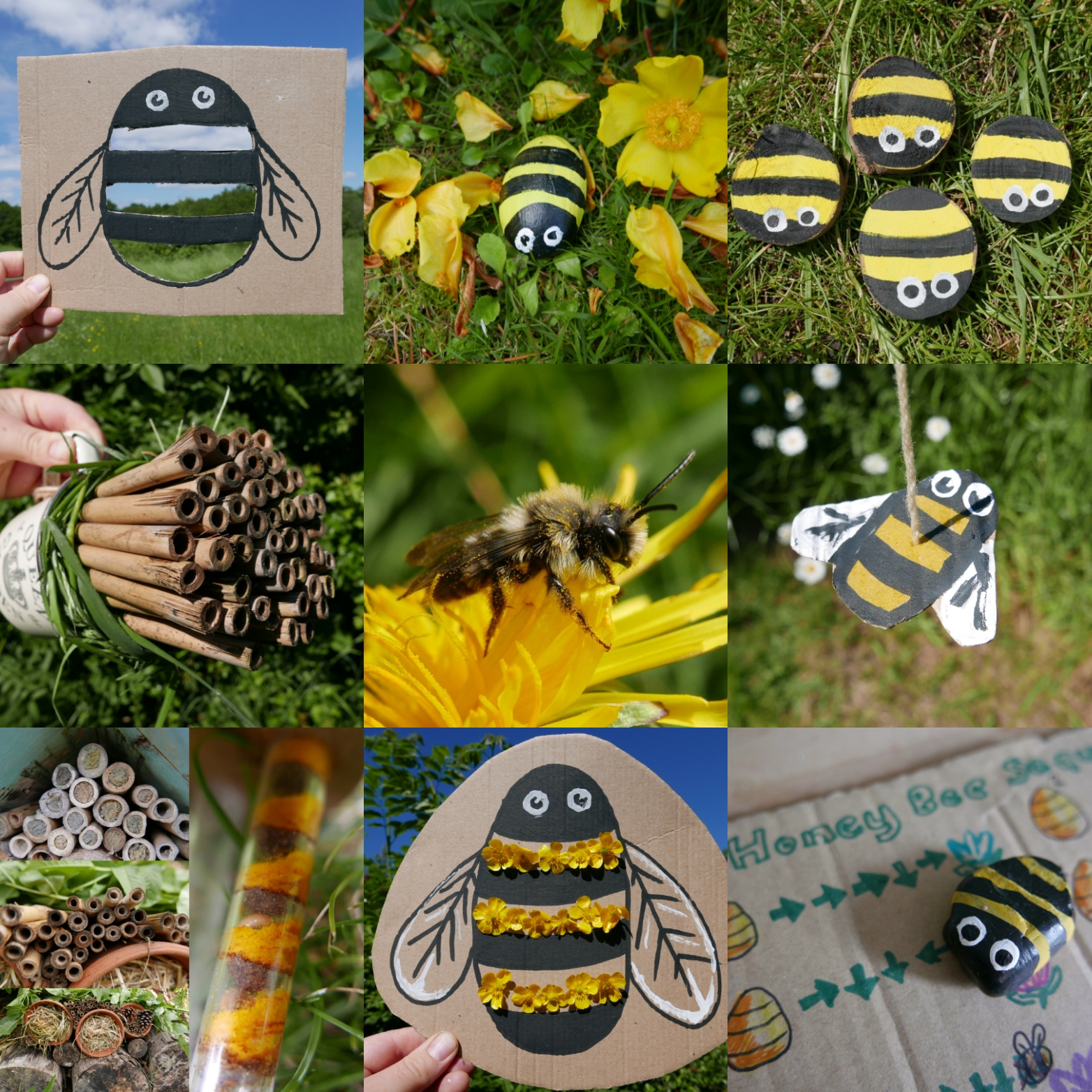
22 Moth activity ideas + fun facts


10 Land snail science and craft activities
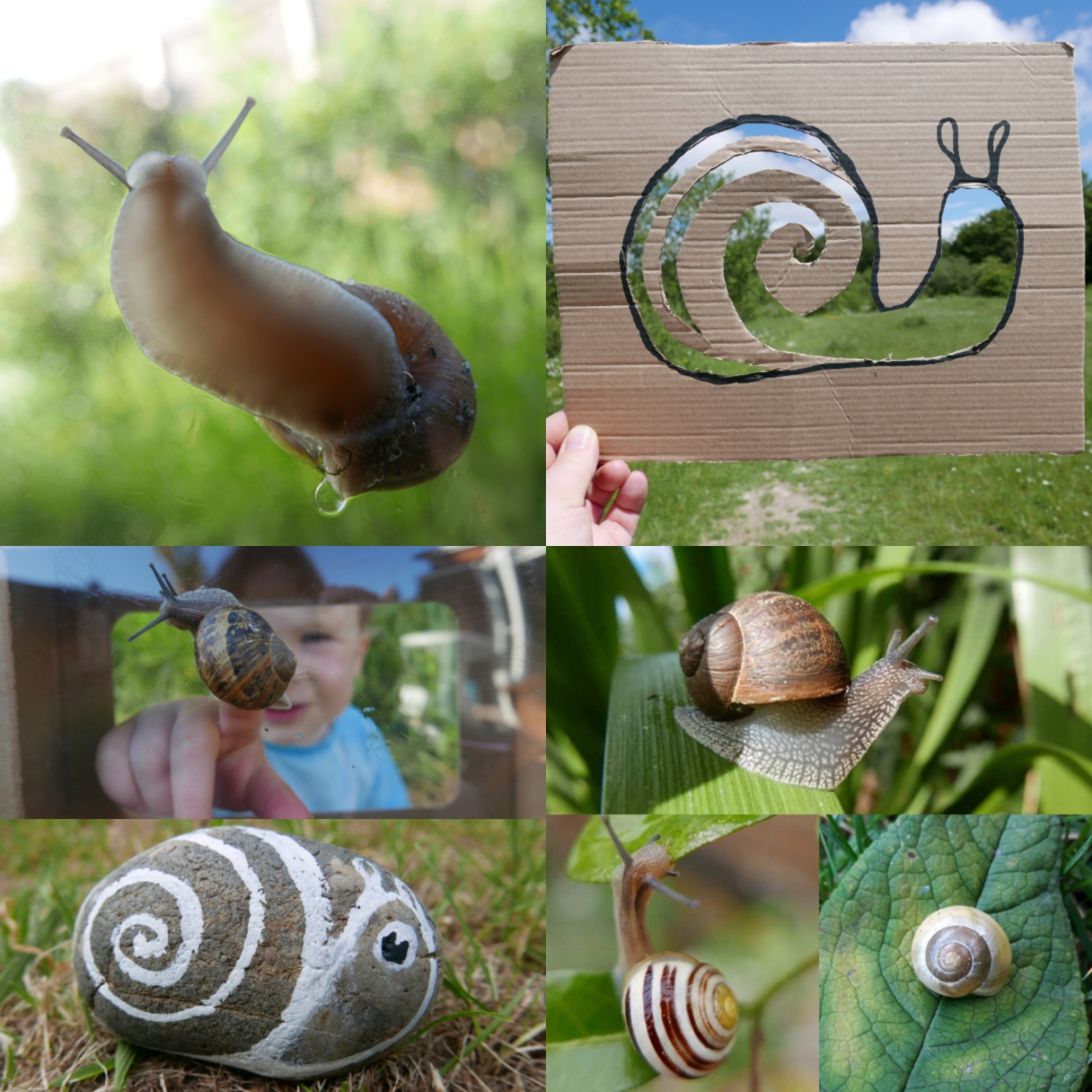

11 thoughts on “10 Woodlice activity ideas + fun facts”